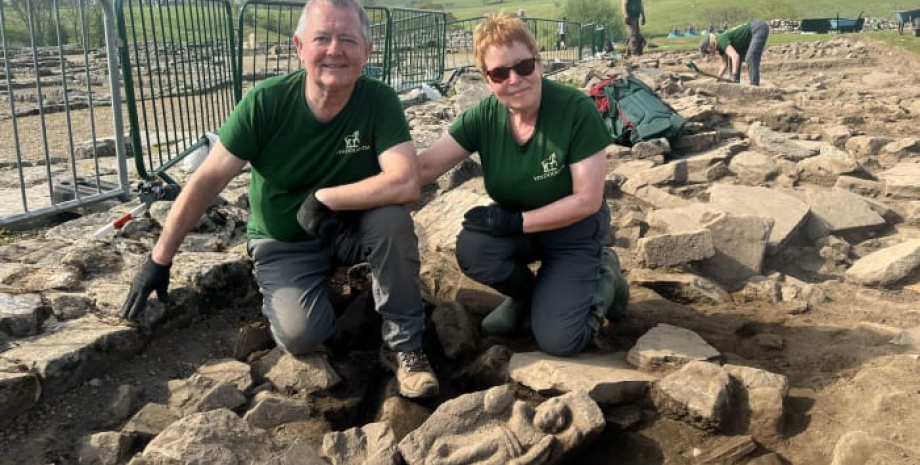
 By Eliza Popova
By Eliza Popova
Subscribe to not miss the latest and most intrusive news from the world of science! Volunteers Jim and Dilis Quinlan were discovered, who found a finely carved relief from under the layer of rubble over the old infantry barracks. The sculpture is 47 cm high, 28 cm wide and 17 cm deep was probably part of the monumental structure, perhaps a gate or arch. Experts suggest that she once surrounded the inscription panel and served as a memorial purpose. According to Dr.
Andrew Birley, a director of the Windoland Foundation, "similar findings from Roman Britain are becoming more and more rare today," adding that such exhibits are demonstrating both the cultural and military function of the Roman fortresses. The carving depicts Victoria, a Roman goddess associated with a military triumph. Its presence at this place coincides with the completion of the Severans, when the Roman army restored its presence and security along the border.
Victoria, equivalent to the Greek Nike, symbolized success in battle and was usually honored during the transition from war to peace. The fact that the relief was found over the newly built barracks is further confirmed by its probable ceremonial context. Windoland Barbara Birley's curator noted that the relief may have been vividly painted, which was a typical practice for Roman carvers. For this reason, the stone was not soap, which allows to carry out the analysis of pigments.
The authenticity of the figure was confirmed by Professor Rob Collins, Head of the Department of Archeology of Newcastle University. The relief will be presented at the exhibition, which will open in 2026, where it is expected to become a central exhibit. Earlier, Focus wrote about the largest of the Gold Coins found in Britain. Scientists believe that he could be a tribute to Yulia Caesar. We also talked about the features of Roman concrete, which made it sugars.


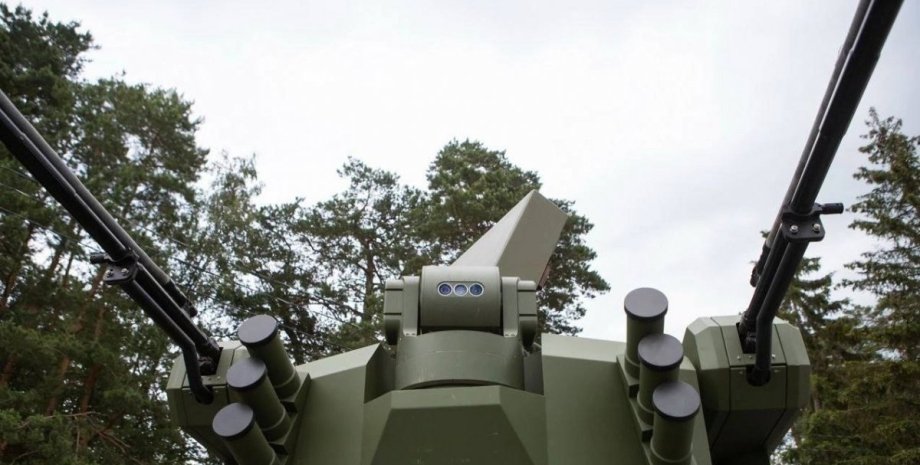
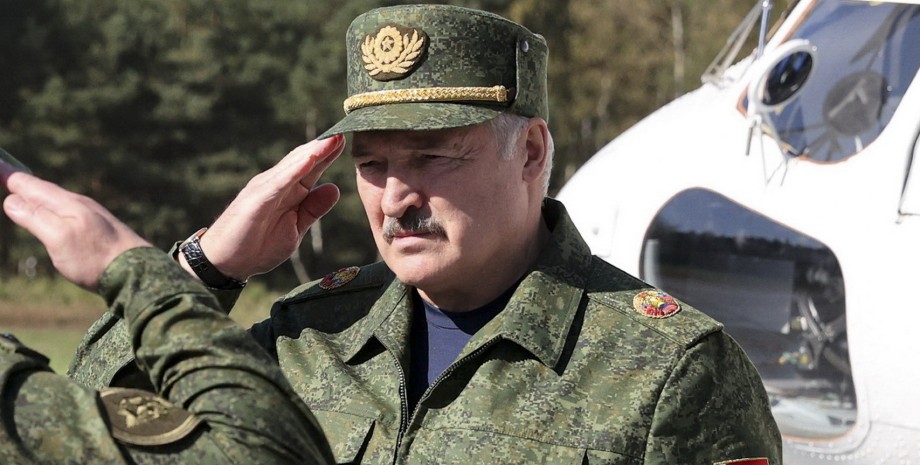
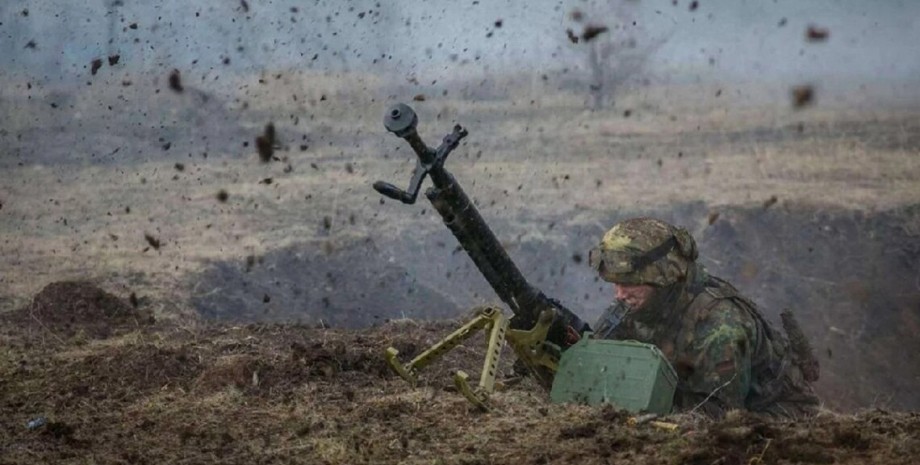

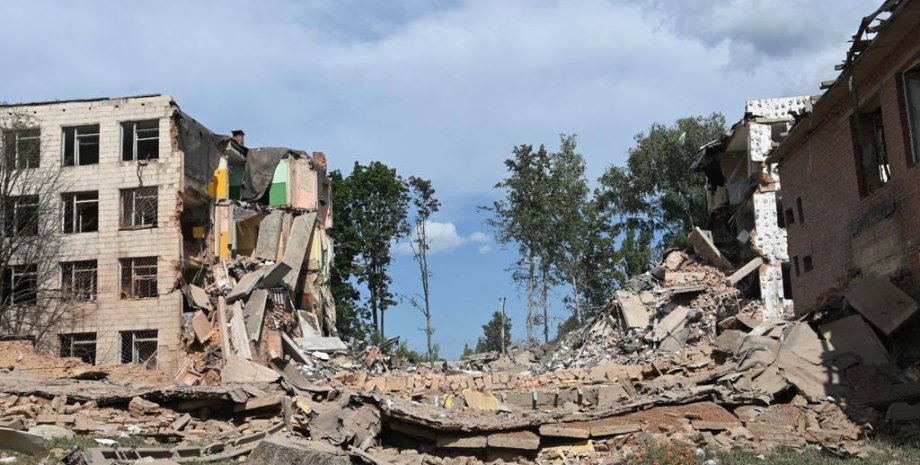


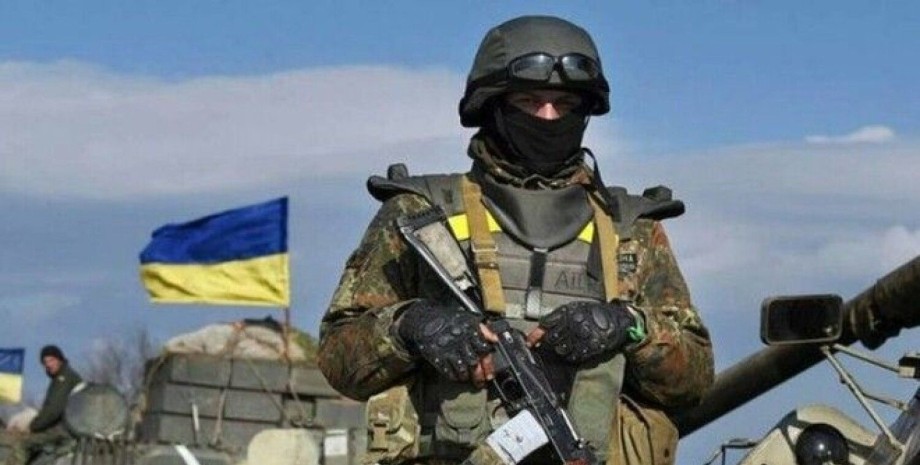
All rights reserved IN-Ukraine.info - 2022